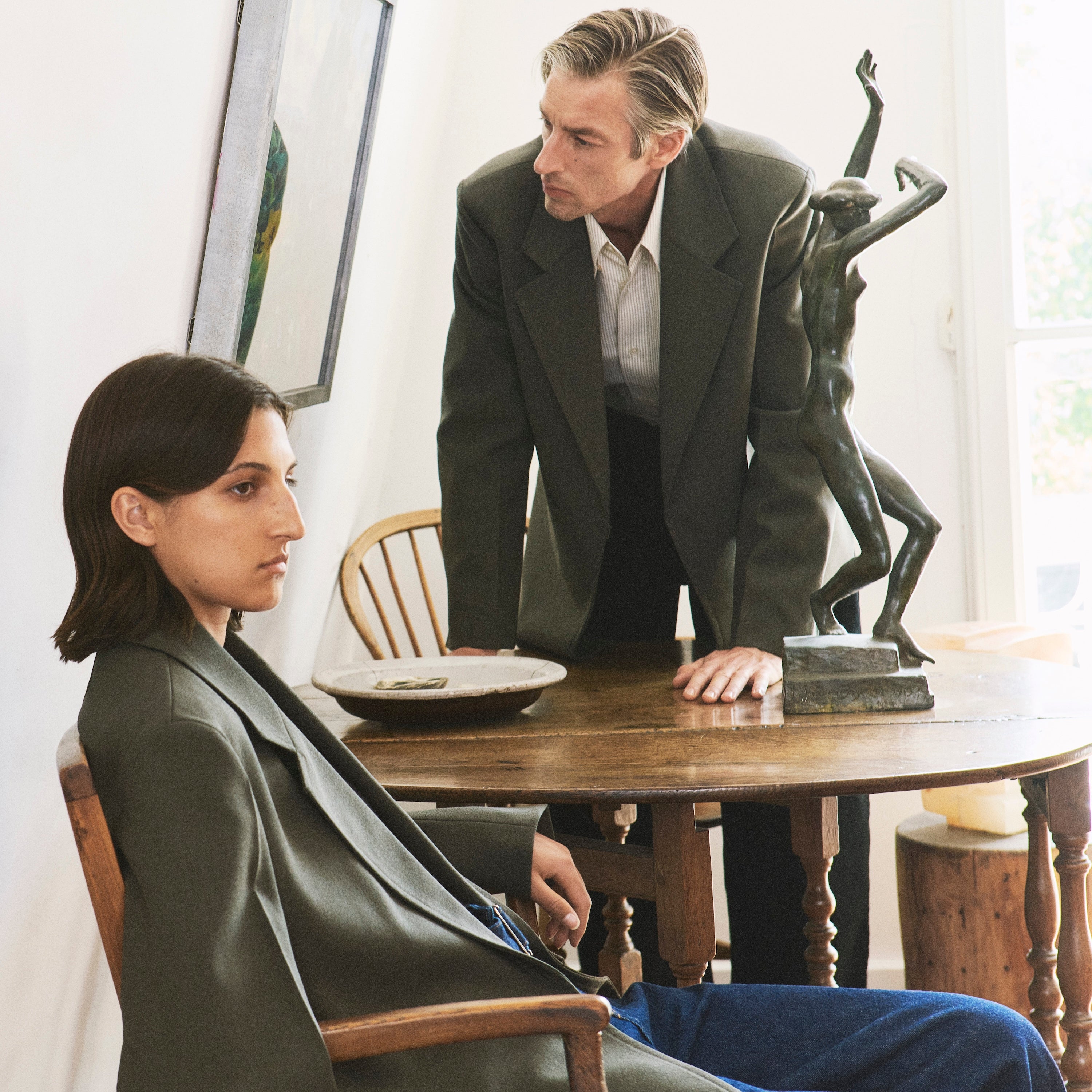





While modelling as a teenager in Italy, she would take candid photographs of other struggling models at home in their cramped houseshare. “I loved seeing them with bags under their eyes because I thought they were even more beautiful. They had a life in them. It wasn't bland, or fake and covered in makeup.” Day recalled. These early photo series led to attention from fashion magazines and a number of editorial commissions. Lacking the connections needed to book well-known models, Day turned to new model agency Storm. There she picked out a young and relatively unknown Kate Moss—a stroke of luck that would launch both of their careers and mark the beginning of a lifelong friendship.
Corinne Day’s most recognised work is undoubtedly her eight-page story The 3rd Summer of Love for a 1990 issue of The Face. Photographed in the cold, grey surrounds of Camber Sands on the English coast, the images depict the make-up free 16-year-old Kate Moss topless and laughing on the beach. The stark portrait of Moss in a feather headdress made it to the magazine’s cover and set the tone for a generation of image-makers. Work for i-D, Ray Gun and Penthouse soon followed as well as a controversial Vogue shoot at Day’s flat featuring a gaunt-looking Kate Moss. The story caused a media outcry, inspiring British newspapers to coin the term ‘heroin chic’.
The scandal surrounding her visceral style left Day disillusioned with fashion. Influenced by the work of Nan Goldin, she began to concentrate on documentary-style photography of her friends and bands with her partner Mark Szasy. Determined to capture every aspect of her life, she even recorded the moments after her sudden collapse in New York revealed that she had a brain tumour. In 2000 she published Diary, a collection of 100 pictures that chronicled her diagnosis and hospital treatment. Entering remission, she eventually returned to fashion working with Vogue and brands such as Cacherel and Hermes. Tragically, her tumour returned in 2007 and despite the efforts of friends including Kate Moss to raise funds for new treatment, she died a few years later.
Mourned across the fashion world and far beyond, her seminal approach to photography helped to reshape the modern idea of beauty through quiet celebration of reality and imperfection. “It is all about freedom, really”, Day once said. “And being proud of the holes in your jumper.”.
Natalya Frederick

